Door outdoor frost-resistant closers
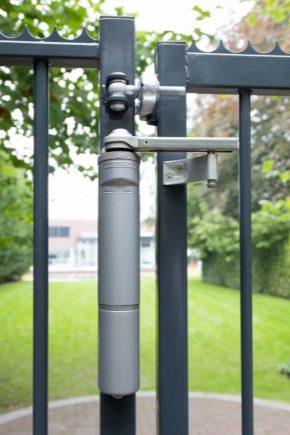
In the old days, specialized counterweights or springs were used to hold the door in a permanently closed position and retain heat. Such designs were often massive and did not stand out for particular sophistication. Now, to implement this functional purpose, you can put an outdoor frost-resistant door closer. The operation of this device is based on the concepts of pneumatics or hydraulics, which gives the device the ability to close the door gently and smoothly, without effort and bangs.
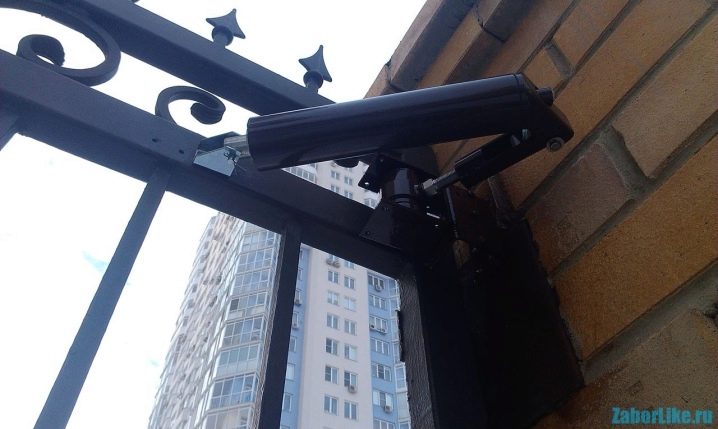
Varieties and principle of functioning of mechanisms
The design of this device includes a metal body, where a reinforced steel spring is located, which is compressed under the action of a piston. The spring is placed in a specialized capsule. The capsule is filled with machine oil, which, when the spring returns to the starting position, is thrown through special channels into the working tank.
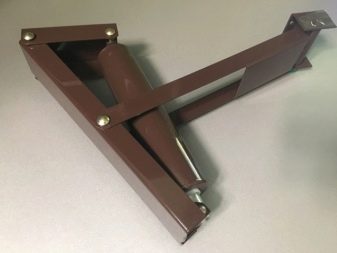
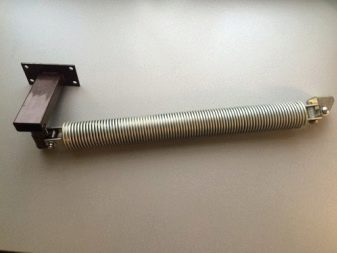
This technological solution guarantees a soft and smooth closing of the door. The closer is adjusted by specialized valves located on the end side of the body. The door fixture is made of rust resistant materials (silumin) and the gear and piston are made of high quality steel. The closer mechanism is provided for 500 thousand cycles.
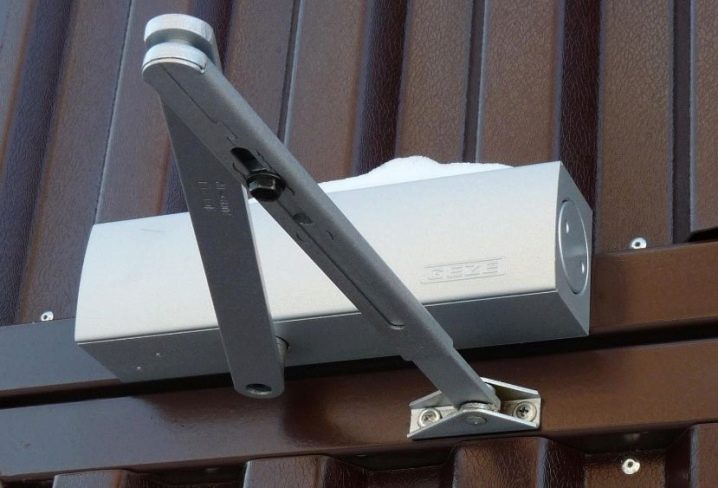
According to the principle of functioning, the mechanisms are as follows.
- Hydraulic. On them, you can easily set and change the speed and force of closing the sash. Resistant to frost, they are ideal for gates and doors with low traffic intensity.

- Pneumatic. Such a device includes a piston, a spring, and a chamber that is hollow inside. They can be installed on street gates and entrance doors with high traffic intensity. They can operate at temperatures from -50 ° C to + 50 ° C.
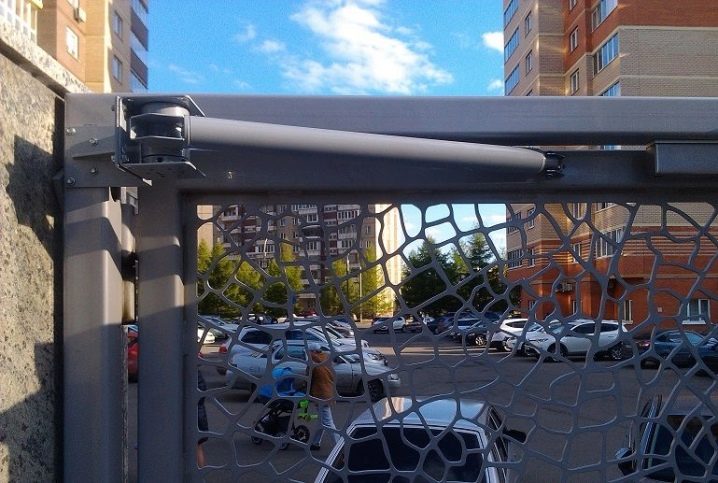
- Electrical. Create conditions for smooth contactless opening and closing. To set the door in motion, you just need to press a button. They are implemented together with locks, tolerate temperature fluctuations. The only drawback is the need for a stable power supply.

By the method of installation, the devices are divided into the following.
- Overhead. Installed on a frame, sash or hinges.
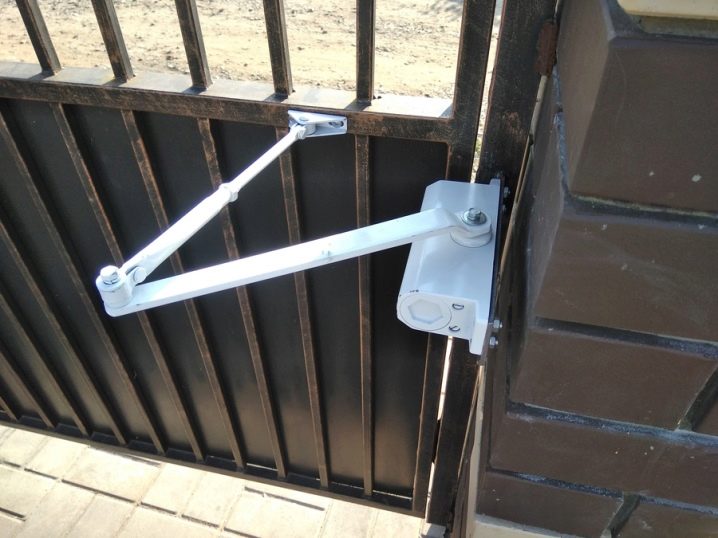
- Outdoor. Installed in the floor, they require advance preparation in the form of a special niche in the floor for the mechanism.
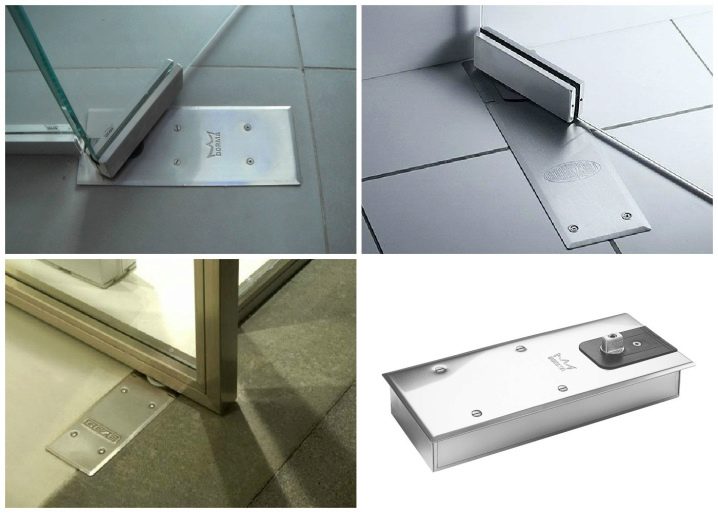
- Hidden. Boxes or doors are hidden in the cavity.
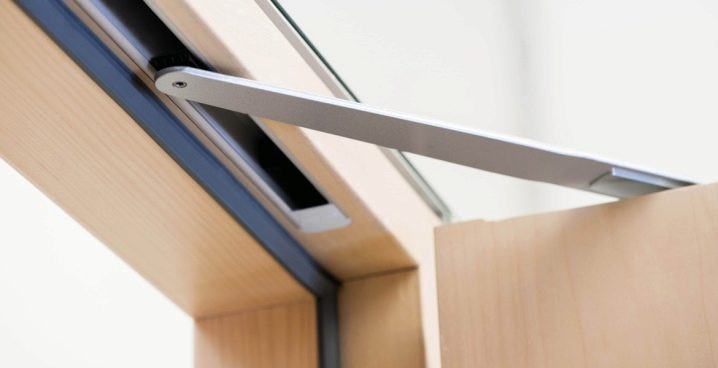
Selection by parameters
Many people believe that it is enough to purchase the most expensive or powerful modification, and everything will be as it should, but this is not entirely true. When making a choice, it is necessary to pay attention to the main parameters, since they play a crucial role in the operation of the device.
- The closer must meet the weight of the door leaf. Otherwise, the product will simply not cope with its own tasks. Usually, such products contain information about how many kilograms they can withstand, as a result of this, the parameters of the door are first set, and the other important components are selected for it.
- For doors installed outdoors, extremely frost-resistant mechanisms with an additional space for oil with the lowest freezing point are suitable.
- The longer the service life of the fixture, the better.But with an increase in the resource, the price of the product rises.
- Another important point is the availability of a guarantee, which is extremely convenient for the first time using the closer. It is necessary to find out right in the store where the mechanism is bought.
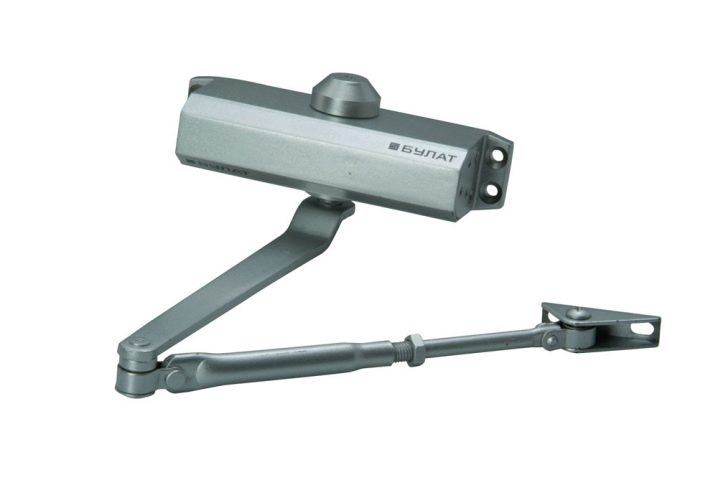
Remember! If the device meets all the conditions, then the door will close freely, quickly and without noise.
Do-it-yourself mechanism installation
To install the closing mechanism, you will need:
- electric drill;
- ruler;
- regular soft pencil;
- screwdriver.
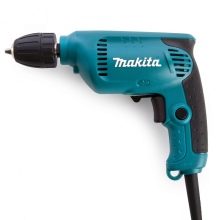

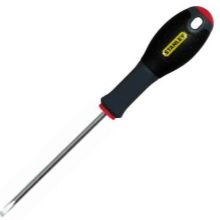
For door-closing mechanisms, as a rule, a manual with mounting templates is attached. In this case, you will need to select the force class in accordance with the width and weight of the leaf and orient yourself with the place of fixation of the mechanism - directly on the door leaf or the jamb (depending on the direction in which the door opens).
We attach the template and fasten it with tape. After that, using a center punch, we mark the places for the holes and drill them with an electric drill. Following all the instructions of the instructions, we mount the body of the closing device using self-tapping screws and check the orientation of the control valves.
After fixing the closer mechanism, we proceed to the installation of the link arm. It includes 2 threaded halves. The length of the arm can be adjusted. Due to this, we set the door opening angle equal to 90 degrees. If the marking and installation of the closer was carried out in accordance with the mounting template, then everything should function without problems the first time. The design of the link arm may be different, but the principles of mounting all closers are similar.
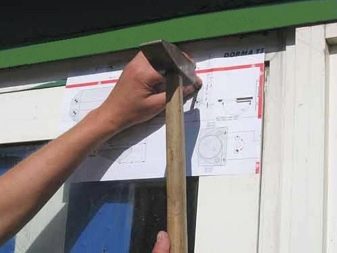
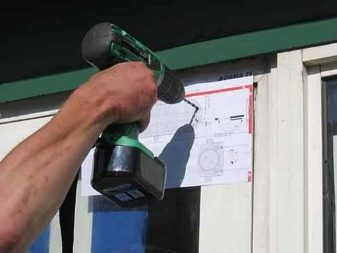
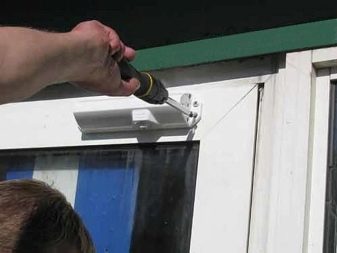
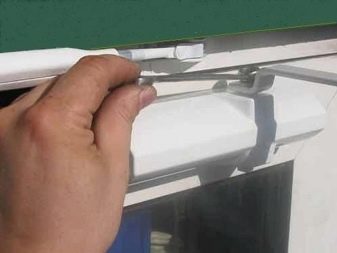
Mechanism adjustment
To properly adjust the operation of the mechanism, it is necessary to deal with the valves for adjustment, which are located in the body and are responsible for the flow of oil. Valve number 1 changes the door opening angle, which can be equal to 180 degrees, and valve number 2 changes its closing speed. Expensive modifications are also equipped with a third valve. For the adjustment of most mechanisms, namely the change in spring force, stroke speed and door closing force, there is a standard value, which is in the range of 180 ° - 15 °.
The door opening angle is initially adjusted. To do this, the required value of 90 or 180 degrees is determined by the valve, and then it is taken for changing the speed of closing the door using valve 2. After opening the door leaf to the required angle, the door is released and, rotating valve 2, they achieve smoothness at the final 7-15 degrees and confident pressing the door leaf to the frame (closing). Carrying out the adjustment, you do not need to be very zealous, because after turning a quarter of a turn of the valve, the door will begin to close, slowing down noticeably.
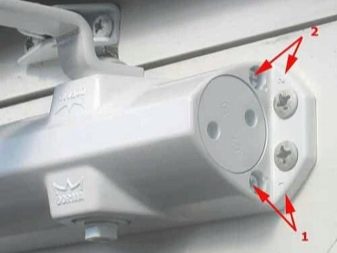
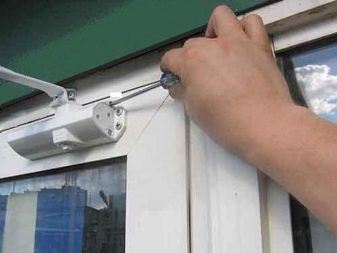
Competent adjustment of the door closer with timely and systematic adjustment makes it possible to operate the mechanism for a long time. But often negligent tenants of the house put props on the entrance doors to take things out or air them. This creates unnecessary stress on the seals and piston, which helps to squeeze the oil out of the tool. Subsequently, from such actions, the internal elements fail, and the repair is not able to return the mechanism to its original serviceable state. The only way out of the situation is to purchase a new closer.
Recommendations for use
To prevent the closing mechanism from losing its performance ahead of time, do not increase the speed of closing the door with your hands and do not block the open door leaf by supporting it with heavy objects and tightening the handle. If an open input is required for an extended period of time, disengage the link arms.
The correct functioning of the door closer depends on how well the doors have been installed.Before installing the case, check the door leaf for looseness, bending in the hinges, and asymmetry. Check the position of latches and locks during operation. Do not let children hang and swing on the doors.

For free movement of the closing mechanism, lubricate the units connected by the hinges with grease at least once a year. Adjust the mechanism every 6 months if exposed to direct sunlight and precipitation. It is better to ensure that the device is protected at the installation stage. Thus, even an inexperienced master can handle the installation and maintenance of the mechanism. The door will function in the required mode, if you adhere to all the rules of operation.
How to install a door closer, you will learn from the video.













The comment was sent successfully.